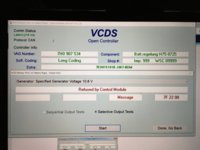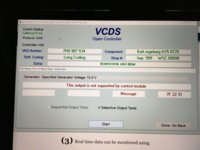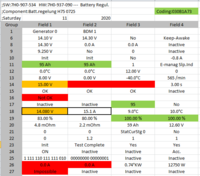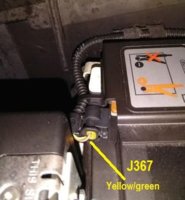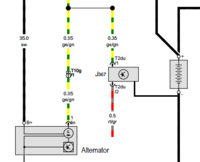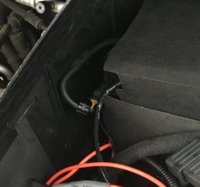Yes, looks still the same. From the old data glimpses of your old tester it seemed like that the alternator is running in stand-alone mode thus the fault. Meaning there is disconnect between alternator and battery management (or engine control unit, need to verify how it is wired).I have attached a auto scan again but as txt this time, which was taken after clearing the faults, attempting the battery coding and then running the engine for 10 minutes. I would appreciate any comments but I suspect it is the same results as before.
Anyways, the data from VCDS should tell us more.
--------------------------
I believe the video is using an older VCDS so it can be a bit confusing. Also some of the parts depend on the vehicle you're looking into.
This should work for the current one and T5/T6:
VCDS -> Select Control Module -> 61-Battery Management -> (Long) Adaptations - Channel 04
Hover the mouse over data fields to get the instructions what to type in (screenshot below).
Battery Type is defined under 61-Battery Management - Coding.... Byte 02:
Then Exit.... Do it!
Anyways, we'll see how/if it's done successfully in blockmap-data.
PS. Meanwhile you could have a dry run on some VCDS functions, actually almost all of the above --> Ross-Tech: VCDS Tour
Although the battery adaptation is not there but the same principles apply.
Last edited:

